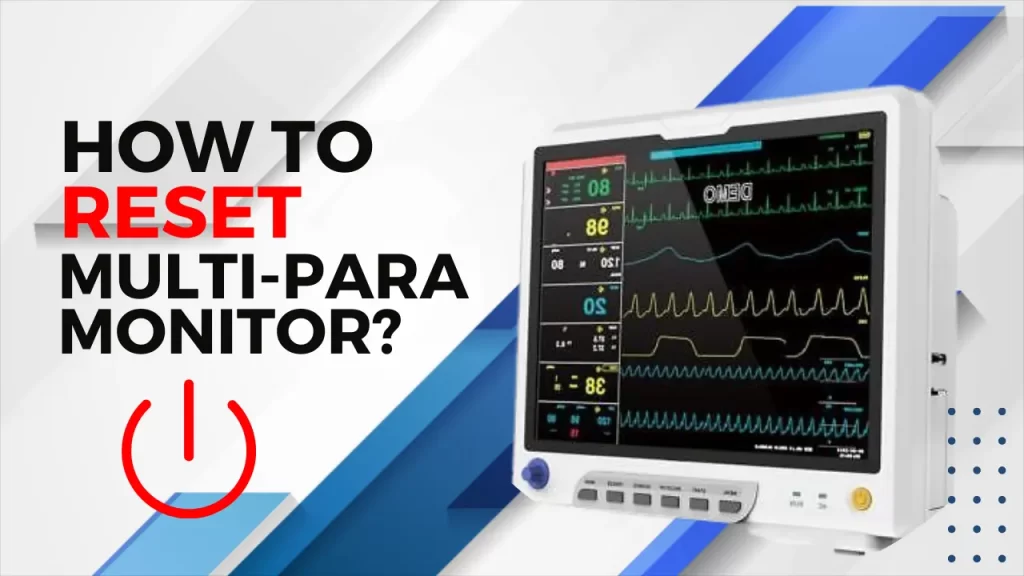Cancer is considered the deadliest disease. However, the outcome of this disease is not always negative. When detected early, the chances of survival become higher. However, a single test cannot be used to diagnose cancer.
The doctors use multiple Diagnostic tools to perform physical examinations and enquire about the personal as well as family history. To understand the diagnosis process and how cancer is treated, read until the end.
Understanding Different Types and Procedures of Cancer Diagnosis
As mentioned before, diagnosing cancer in the early stage offers the best chance for recovery. The first diagnosis that doctors prefer doing is suggesting screening tests for certain cancers. In addition to this, doctors may use several other approaches including
1. Physical Exam
Besides screening tests, the doctor may suggest performing a physical exam where they may palpate certain parts of the body. In this procedure, the doctors may use certain diagnostic equipment to look for cancerous tumours and anomalies. This may further include
- Changes in skin colour
- Enlargement of an organ and more.
2. Imaging Test
Another test that doctors consider is Imaging tests which is a non-invasive examination. In this test, your internal organs and bones are examined. Some other tests that are performed include
- CT or Computerized Tomography
- MRI or Magnetic Resonance Imaging
- Bone scan
- PET or Positron Emission Tomography
- Nuclear scan
- Ultrasound
- X-ray and more.
3. Laboratory Tests
The next test that doctors may consider is the laboratory test where blood and urine tests are done. This is performed to find anomalies that may be related to cancer. Some of the tests conducted under this include
- Blood chemistry test
- Complete blood count
- Cytogenetic analysis
- Liquid biopsy
- Sputum cytology and more.
4. Biopsy
Biopsy is the most important test performed on cancer patients where doctors take a sample of cells to examine in the lab. Through different methods, the sample is collected including using a needle, with endoscopy and surgery.
However, the best method is decided by the doctor depending on the type of cancer, its location and other factors. Through biopsy, a firm diagnosis of malignancy can be made.
What is the Next Procedure After Cancer Diagnosis?
You must know that the cancer stages are considered from stage I to IV where higher numbers indicate advanced cancer. Once the doctors get the outcome of the tests done by using diagnostic equipment and when cancer appears as a result, its stage is considered to begin the treatment quickly. The doctor may look for the best treatment options that can provide a cure.
How is Cancer Treated?
Cancer could be deadly but that does not mean it cannot be treated. Patients who have been diagnosed with cancer are offered a range of treatments that increase their chances of surviving. Some of the cancer treatment options that are offered include
1. Surgery
The first treatment that cancer patients are given is surgery. Behind this treatment, the goal of the doctors remains to remove as much as possible cancer from the body. It helps to control the symptoms of cancer and restore parts of the body.
2. Chemotherapy
The next treatment that almost every cancer patient is given is chemotherapy. This treatment’s purpose is to use drugs to kill the cancer cells.
3. Bone Marrow Transplant
Bone marrow transplant also known as stem cell transplant. The bone marrow can be understood as a substance that produces red blood cells inside the bones. Usually, your cells or the donor cells are used in the transplant procedure. After the bone marrow transplant is done, the patient must undergo chemotherapy.
4. Radiation Therapy
After doctors use diagnostic tools to determine the cancer stage, a treatment provided is known as radiation therapy. In this treatment, high-powered energy beams are used like protons and X-rays to destroy cancer cells.
It can be administered either internally (brachytherapy) or externally (from a machine outside the body). This is also called curative treatment as it can destroy the growing tumor and relieve the symptoms.
5. Hormone Therapy
There are times when the body’s hormones can fuel certain types of cancer. This may include prostate cancer or breast cancer.
Stopping the hormone’s effects or eliminating them from the body can help to halt the cancer cells from growing. Moreover, hormonal therapy is given in different types including in the form of medicines and injections.
6. Immunotherapy
Immunotherapy is also known as biological therapy. It fights cancer by boosting your body’s immune system. As cancer is not perceived as an invader by your immune system, it can thrive unchecked in your body. Your immune system can “see” and combat cancer with the aid of immunotherapy.
7. Targeted Drug Therapy
Targeted drug therapy is a medication therapy that is performed to address particular defects that cancer cells have which further allows them to survive. There are several types of targeted treatment including
- Monoclonal antibodies
- Angiogenesis inhibitors
- Cancer growth inhibitors
- Vaccines and more.
8. Supportive Treatments
Besides the above-mentioned treatments, supportive treatments are also offered to the patients. Some of these treatments include
- Treatments that can reduce the risk of infection
- Blood transfusion
- Bone strengthening treatments
- Steroids and more.
Additionally, complementary therapies like massage, relaxation treatments and others are conducted. These may not treat cancer but can help to boost the physical and mental health of the patient. It may offer them the motivation to fight against this deadliest disease and offer relief from side effects as well.
How Do Patients Receive the Best Treatment?
Cancer is a dangerous disease that can be life-threatening if neglected in the early stages. Patients are given the best treatment when healthcare facilities are more advanced. In the UK, most of the healthcare facilities use quality Medical equipment from us at MedGuard.
This ensures offering optimum care and support to the patients. Also, patients who underwent surgeries are suggested to use top-notch quality supplies. Being the leading wholesalers and retailers, our items are medically approved and meet global healthcare standards. Not only that, but our medical equipment is available at reasonable prices.





